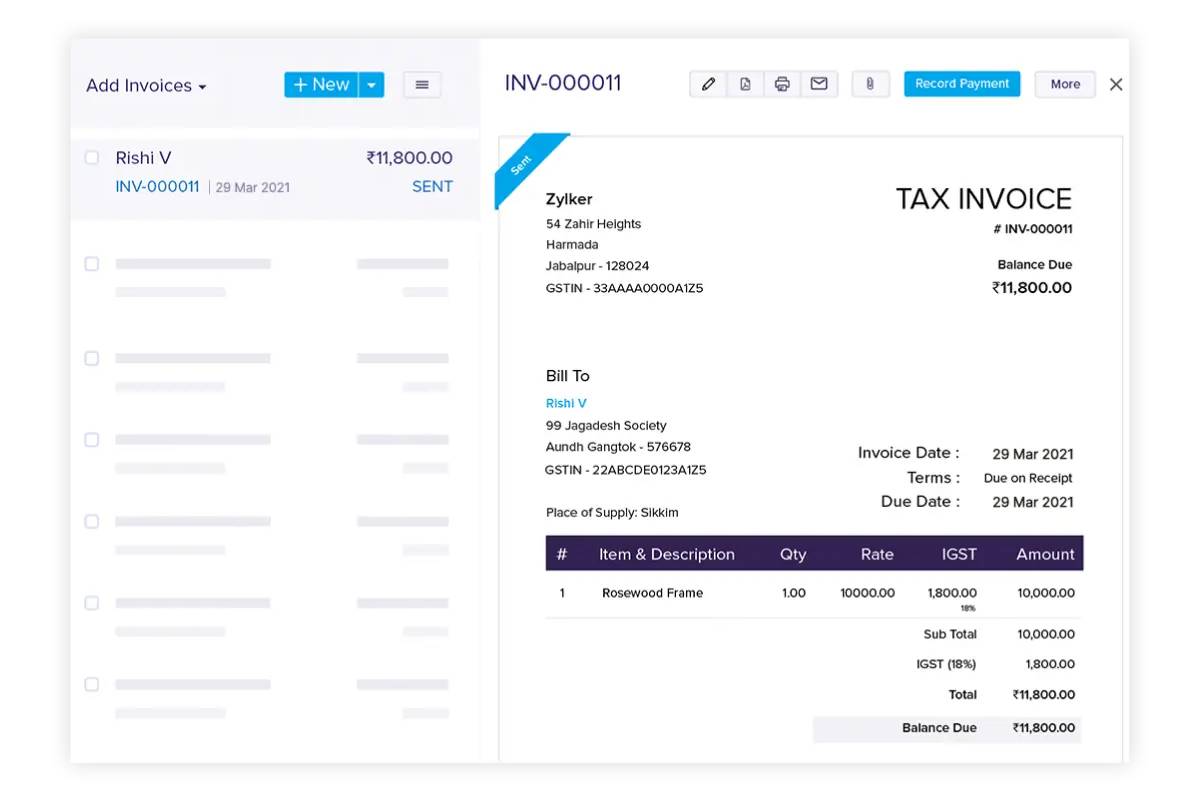
Understanding Payments on Account
Imagine this: you’ve just submitted your Self-Assessment and finally paid your tax bill. You breathe a sigh of relief—only to see another bill from HMRC demanding more money… for next year.
If you’ve experienced this shock, you’re not alone. It’s called a Payment on Account, and for many self-employed individuals, it’s a confusing and frustrating part of tax life.
But it doesn’t have to catch you off guard.
This guide is here to help you understand what payments on account are, why HMRC uses them, how they’re calculated, and—most importantly—how to plan for them. With relatable examples and practical tips, we’ll turn a tax headache into something manageable—and maybe even empowering.
Let’s make sense of your estimated taxes, one step at a time.
What Are Payments on Account?
A Simple Definition
Payments on account are advance payments you make to HMRC towards your next year’s tax bill. They’re based on your previous year’s tax, not what you’ve earned yet.
Essentially, HMRC is saying: “You did well last year, so we’re going to assume you’ll do similarly this year—and we’d like some of that tax money upfront.”
Who Has to Pay?
You’ll have to make payments on account if:
- Your last Self Assessment tax bill was over £1,000
- And less than 80% of your income was taxed at source (e.g. through PAYE)
This applies to:
- Freelancers and sole traders
- Landlords
- High-income earners with untaxed income
- Anyone submitting a Self Assessment without most of their income being taxed through employment
Note: If you owe less than £1,000 in tax, or most of your income is already taxed (e.g. through a full-time job), you probably won’t have to worry about payments on account.
How Are Payments on Account Calculated?

The Basic Formula
Each payment on account is 50% of your previous year’s tax bill (excluding student loan or capital gains tax).
You’ll typically make two equal instalments:
- First payment: Due by January 31 (same day as your regular tax bill)
- Second payment: Due by July 31
Let’s break it down with a real-world scenario.
Example:
Sarah, a freelance copywriter, owes £3,000 in tax for the 2023/24 tax year.
HMRC will ask her to:
- Pay the full £3,000 by January 31, 2025
- Make a first payment on account of £1,500 (50%) for 2024/25, also by January 31, 2025
- Make a second payment on account of £1,500 by July 31, 2025
In total, Sarah pays £6,000 by January 31 and another £1,500 by July 31.
That’s £7,500 in the space of six months—so it’s crucial to plan ahead.
What If You Earn Less This Year?
The Good News: You Can Reduce Your Payments
If you expect your income to drop significantly, you can apply to reduce your payments on account using HMRC’s form SA303 or online via your Self Assessment account.
But be careful: if you reduce them too much and end up owing more, you’ll be charged interest and possibly penalties on the shortfall.
Tip: If you’re unsure, speak to an accountant or be conservative with your estimate. It’s better to slightly overpay than underpay and get penalised.
What Happens After the Tax Year Ends?

Once the tax year finishes (April 5), you’ll submit your Self-Assessment in the usual way.
If your actual tax owed is:
- More than the payments you made: You’ll pay the difference by January 31
- Less than the payments you made: HMRC will refund you or put the credit towards next year’s tax
Example:
Sarah overestimated and paid £3,000 in payments on account, but her 2024/25 tax bill ends up being £2,400. She’ll get a £600 refund or credit on her next return.
HMRC Deadlines at a Glance
| Deadline | What It’s For |
|---|---|
| 31 January |
Submit Self Assessment and pay previous year’s tax
First payment on account for the next year |
| 31 July | Second payment on account for the next year |
| Ongoing | Optional: Reduce payments on account if income drops |
Set calendar reminders. Missing deadlines can result in interest charges and potential late penalties, even if it was an honest mistake.
Why HMRC Uses Payments on Account
You might wonder: “Why does HMRC make me pay for income I haven’t even earned yet?”
It’s all about cash flow and ensuring the government gets steady revenue throughout the year. Employees pay tax monthly through PAYE, so HMRC uses payments on account to apply a similar principle to the self-employed.
It’s not meant to punish you—it’s meant to even the playing field.
How to Budget for Payments on Account
Let’s face it—getting a surprise tax bill is never fun. But with the right systems, you can plan for it confidently.
1. Save for Tax All Year Round
Use a second bank account or a banking app that lets you “pot” your earnings. Aim to save 20–30% of each invoice for tax.
2. Use Tools to Track Estimated Taxes
Cloud accounting platforms like FreeAgent, QuickBooks, or Xero help you:
- Forecast your income
- Estimate future tax liability
- Track payments made to HMRC
If your bank offers free software access (like Mettle + FreeAgent), take advantage of it.
3. Break It Down Monthly
Instead of waiting to pay large lump sums in January and July, break them into monthly instalments for yourself.
For example, if you estimate a £3,000 tax bill:
- Save £250 per month from April to March
- By January, you’ll have what you need, without the panic
Real-World Story: Ben the Graphic Designer
Ben started freelancing part-time in 2022. His first tax bill in January 2024 was £2,400. He paid it, only to be hit with a surprise £1,200 payment on account.
Caught off guard, Ben had to dip into personal savings.
He learned the hard way, but now he saves 25% of every payment into a “Tax” space on Starling. By January 2025, he had his tax bill and first payment on account covered—and even a bit left over.
His advice? “Plan for the second punch. The taxman always comes back swinging.”
What If You Can’t Afford Your Payment?
HMRC offers Time to Pay arrangements for those struggling financially.
If you know you can’t pay on time:
- Don’t ignore it — contact HMRC before the deadline
- You may be able to set up a monthly direct debit plan
- Interest still applies, but you’ll avoid harsher penalties
Important: Always file your return on time, even if you can’t pay the full amount yet. Filing late incurs separate penalties.
Common Mistakes to Avoid
- Forgetting the second payment in July, Many people remember January but forget the July deadline.
- Not budgeting for both the current and upcoming year’s tax Payments on account effectively doubles your January bill.
- Reducing payments without justification. You may face interest if your estimate is too low.
- Missing deadline, Penalties, and interest add up fast—set calendar reminders.
- Assuming the system is wrong, it’s easy to think HMRC has overcharged you when you see that second amount. But often, it’s your payment on account, not a duplicate bill.
Conclusion: Turn Confusion into Control

Payments on account can feel like a nasty surprise, but with knowledge comes power.
Once you understand how it works, you can prepare for it, plan your cash flow, and avoid the panic so many self-employed people face each January and July. It’s not just about meeting HMRC deadlines—it’s about running your business with clarity and confidence.


